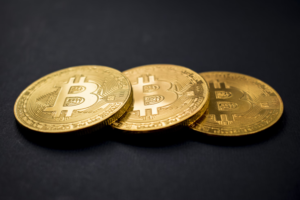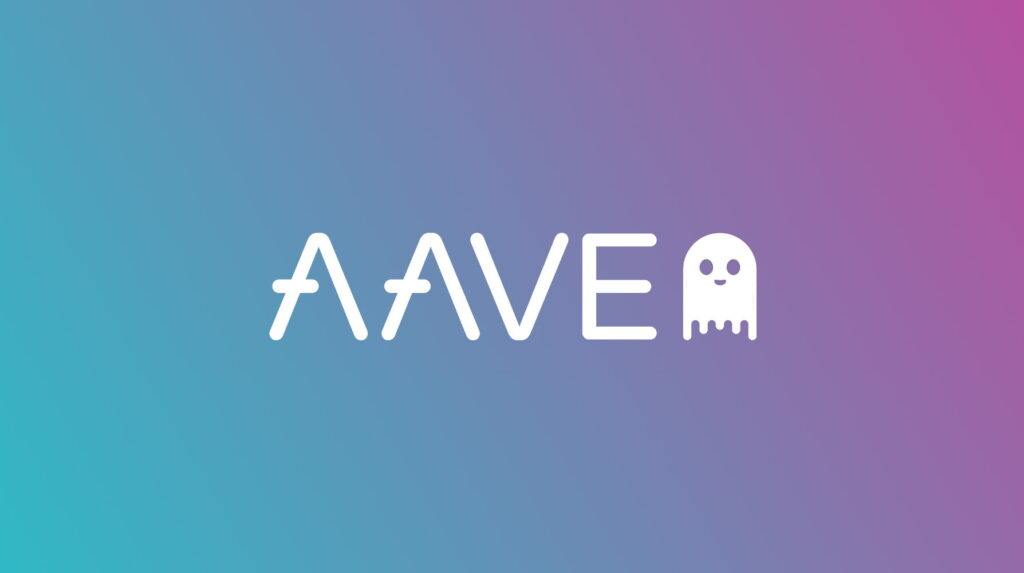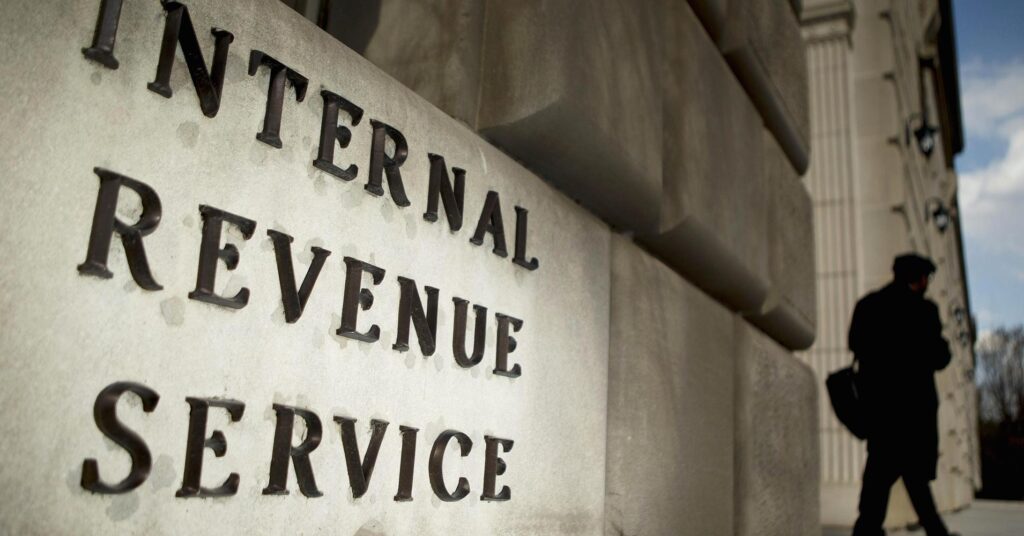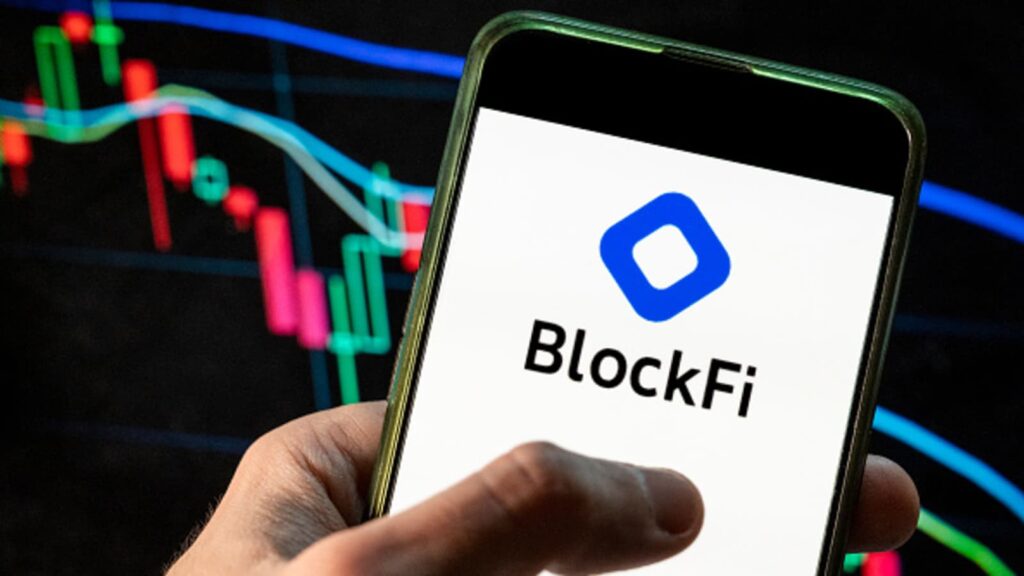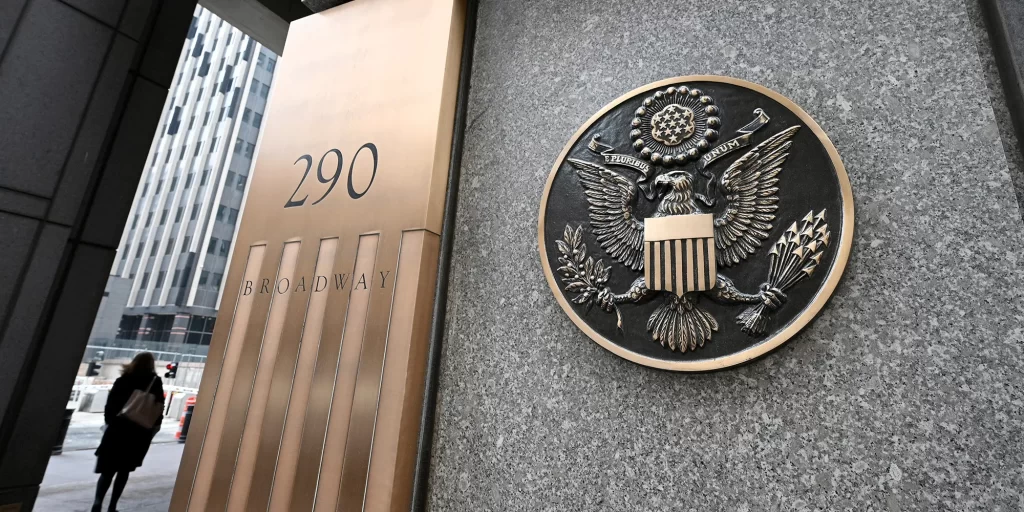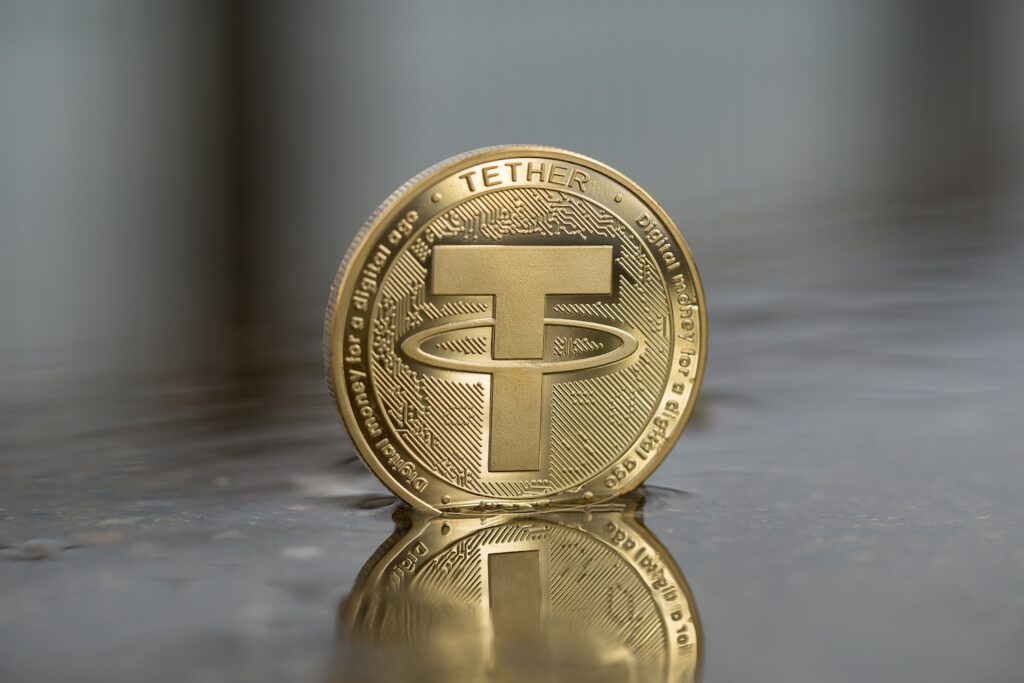American actor and comedian, Adam DeVine, has joined forces with crypto exchange Bitget in a year-long advertisement partnership.
The new campaign, titled “Crypto & Beach Houses,” features DeVine holding a smartphone while discussing internet phenomena, with prominent Bitget branding in the background.
In the video, DeVine humorously encourages viewers to trade crypto at any time and from anywhere, even from the comfort of their race car beds at 2:00 am, declaring that traditional business hours are a thing of the past.
Known for his roles in the comedy TV series Workaholics and the Pitch Perfect film franchise, DeVine’s presence aims to attract more attention to the cryptocurrency platform.
However, it’s important to note that DeVine’s appearance in the ad comes with a disclaimer stating that he is a paid actor and his views should not be considered as specific recommendations or financial advice.
Furthermore, he is not licensed as an investment advisor or broker-dealer in any jurisdiction.
Additionally, the ad is not intended for distribution in the United States or to any U.S. person, which suggests that the campaign is targeted toward international audiences.
This partnership between celebrities and crypto companies has been a trend in the industry, with varying degrees of success.
READ MORE: Goldman Sachs Economists Predict AI to Surpass Electricity and PCs in Financial Impact on US Economy
Some prominent figures, like Lindsay Lohan, YouTuber Jake Paul, and singer Akon, have faced legal action from the U.S. Securities and Exchange Commission for allegedly promoting crypto tokens without proper disclosures.
In the past, Hollywood icon Matt Damon was mocked for his appearance in Crypto.com’s advertisement that coincided with the start of the cryptocurrency bear market.
Meanwhile, football stars Cristiano Ronaldo and Lionel Messi have also ventured into the crypto space.
Ronaldo signed a multi-year non-fungible token partnership with Binance, while Messi currently serves as the brand ambassador for Bitget, the same company with which DeVine is now partnering.
As the crypto market continues to evolve, partnerships with celebrities can help raise awareness and interest in digital assets.
However, it’s crucial for both companies and celebrities to be transparent about their relationships and avoid making misleading claims.
Investors should always conduct thorough research and seek advice from licensed professionals before making financial decisions in the crypto space.
Other Stories:
ASIC Sues eToro Over Alleged Insufficient Screening Tests
Aave, the governance token of the decentralized finance (DeFi) Aave protocol, witnessed a 17% decline between July 30 and August 1, reaching $62.
Although the $62 support level proved resilient, the current price of $64.40 remains 12% below the July 30 daily close, leading investors to question whether this indicates a cautious approach to the sector or if other factors are at play.
One contributing factor to the recent movement in the AAVE token can be attributed to the risks of cascading liquidations on DeFi protocols stemming from the Curve Finance pool exploit that began on July 30.
However, Aave’s decentralized liquidity protocol has previously withstood similar scenarios, and it currently holds a substantial $295.6 million in its Safety Module, which provides added security.
A concerning element affecting AAVE’s token performance is the stablecoin GHO, which has been trading below the $1 peg since its launch on July 16.
The lack of DeFi integration and farming opportunities for GHO discourages its holders, leading to selling pressure and depegging on decentralized exchanges.
Despite these challenges, the Aave protocol maintains an impressive $5.1 billion in total value locked (TVL) across six chains.
Nevertheless, it experienced a 12.5% decline in TVL within just one week, whereas Uniswap’s and Compound’s TVL remained relatively stable.
While Aave’s annualized revenue of $12 million lags behind some competitors, such as Convex Finance with $52 million and Radiant with $20 million, proponents argue that Aave’s higher fees may create potential for future revenue growth.
READ MORE: U.S. Judge Denies Motion to Dismiss SEC Lawsuit Against Terraform Labs
Recent events may have influenced investors’ views on Aave. In May 2023, the older version of the Aave protocol (v2) encountered a bug that temporarily hindered withdrawals on the Polygon Network implementation. The issue was quickly resolved without any reported losses.
Additionally, a contentious event occurred on June 12 when a proposal sought to prevent a specific account, owned by Curve founder Michael Egorov, from accumulating further debt.
This sparked debates about censorship resistance in DeFi.
Despite the recent decline in the AAVE token price and TVL, Aave’s decentralized application remains a strong contender in the DeFi space.
With a robust insurance fund and protocol fees, Aave is well-prepared to weather market fluctuations and potential risks.
The protocol’s solid foundation and significant TVL signal its resilience and potential for continued success.
Other Stories:
Binance CEO CZ Unveils Plan to Launch Smaller Algorithmic Stablecoins
Decentralized Exchange on Coinbase’s Base Network Pauses Trading Amidst Concerns of Exploit
IRS Issues New Ruling: U.S. Crypto Investors Must Report Staking Rewards as Gross Income
Google and Accenture, who operate a joint business venture, are facing allegations of violating federal labor laws in the United States, as reported by Bloomberg.
The Alphabet Workers Union lodged a complaint with the U.S. National Labor Relations Board on August 3, asserting that Alphabet Inc. acted in contravention of the law that prohibits retaliation against employees for organizing.
The union alleges that Alphabet terminated the contract employment of a significant number of Google Help workers who were in the process of unionizing.
This affected over 70% of the “proposed bargaining unit,” which included 118 writers, graphic designers, and launch coordinators responsible for generating content for Google both internally and externally.
Notably, workers handling Google search engine optimization and AI chatbot responsibilities were employed through Accenture.
One affected worker, Anjail Muhammad, a writer with Accenture, described the job loss as “retaliatory.”
The timing of these job cuts raised suspicions, prompting the union to file an unfair labor practice charge against Google and Accenture. The union aims to hold the companies accountable for their actions.
In response, Google maintained that organizing matters were solely between the workers and their employer, Accenture, adding that it did not control the terms and conditions of their employment.
READ MORE: Goldman Sachs Economists Predict AI to Surpass Electricity and PCs in Financial Impact on US Economy
Despite the complaint, Google stood by its previous statement and reiterated that the changes in employment contracts were driven by cost-saving measures and efforts to improve efficiency.
Earlier in the year, on January 20, Google had reportedly laid off 12,000 employees. It’s worth noting that several tech and crypto companies also conducted large-scale layoffs around the same time.
In April, Google underwent restructuring within its AI research and development unit, Deepmind.
Furthermore, Google has been embroiled in legal disputes, including a class-action lawsuit filed on July 12 concerning its recently introduced AI data scraping privacy policy.
The allegations from the Alphabet Workers Union highlight the growing concerns about labor practices within major technology companies.
As the case progresses, it may prompt further scrutiny of Google and Accenture’s business practices in relation to their employees’ rights and organizing activities.
Other Stories:
ASIC Sues eToro Over Alleged Insufficient Screening Tests
According to economists at Goldman Sachs, artificial intelligence (AI) is poised to make a greater financial impact on the American economy than even electricity and personal computers did.
In their investment report released on August 1, Goldman Sachs economists Joseph Briggs and Devesh Kodnani projected that AI could attract up to $200 billion in global investments by 2025, with approximately half of that investment occurring in the United States.
This surge in AI investment is expected to contribute significantly to the country’s gross domestic product (GDP).
While previous technological booms associated with the introduction of electricity and PCs saw a 2% growth in GDP, the economists estimated that AI could be responsible for up to 4% of GDP growth in the United States and 2.5% in other nations that are already heavily investing in AI technologies.
Goldman Sachs attributed a significant portion of these anticipated gains to the rapid advancements being made in generative AI.
Generative AI, which includes technologies like OpenAI’s chatbot ChatGPT, image creation software Midourney, and text-to-speech generator Eleven Labs, is expected to have enormous economic potential.
The economists predicted that generative AI could boost global labor productivity by over 1 percentage point annually in the decade following widespread adoption.
However, while generative AI offers promising productivity benefits, businesses will need to make substantial upfront investments in physical, digital, and human capital to acquire and implement these new technologies and transform their business processes.
Goldman Sachs also highlighted the increasing prevalence of AI adoption among companies, with 16% of Russell 3000 companies mentioning AI in their earnings calls.
READ MORE: IRS Issues New Ruling: U.S. Crypto Investors Must Report Staking Rewards as Gross Income
This figure represents a significant increase from less than 1% in 2016, indicating that America is taking the lead in AI innovation.
The economists believe that American companies are likely to be early adopters due to the country’s position as a market leader in AI technology.
Regarding the timing of the AI investment cycle, it remains challenging to predict precisely. However, based on current business surveys, the economists suggest that AI will start to have its most significant investment impact after 2025.
In conclusion, economists at Goldman Sachs are optimistic about the financial potential of AI in the American economy.
They project that AI investments could be substantial, leading to substantial GDP growth and improved productivity in various sectors.
Although the transformation brought about by AI will require significant upfront investments from businesses, the potential benefits are expected to be substantial and could drive the American economy to new heights.
Other Stories:
U.S. Judge Denies Motion to Dismiss SEC Lawsuit Against Terraform Labs
Binance CEO CZ Unveils Plan to Launch Smaller Algorithmic Stablecoins
Decentralized Exchange on Coinbase’s Base Network Pauses Trading Amidst Concerns of Exploit
U.S. Senators Elizabeth Warren, Bernie Sanders, Bob Casey, and Richard Blumenthal have sent a letter to the Internal Revenue Service (IRS) and the Treasury, urging them to take swift action in closing tax loopholes that are being exploited by “crypto tax evaders.”
The lawmakers emphasized that failure to act promptly could result in a “crypto tax gap” of $50 billion, leading to a potential loss of $1.5 billion in tax revenue for the 2024 financial year if tax policy updates are delayed.
The senators’ concerns stem from the tax laws outlined in the Senate’s $1.2 trillion infrastructure bill, which was passed in August 2021.
The bill aimed to increase tax reporting requirements for businesses operating as crypto brokers. Despite the bill being signed into law, the Treasury and IRS have yet to release their new tax rules.
The deadline for their implementation is December 31, and the senators are calling for an expedited process.
Elizabeth Warren has been a vocal critic of the cryptocurrency industry in the United States and even made it a central focus of her Senate re-election campaign, forming an “anti-crypto army.”
Bernie Sanders, though less vocal about crypto, has co-signed letters with Warren seeking tighter restrictions on the space.
READ MORE: IRS Issues New Ruling: U.S. Crypto Investors Must Report Staking Rewards as Gross Income
A recent poll commissioned by Grayscale Investments revealed that 59% of Democrats and 51% of Republicans view cryptocurrencies as the future of finance, suggesting that Warren’s anti-crypto stance might not resonate with the majority of the population.
The senators’ letter serves as a reminder of the growing concern among lawmakers about potential tax evasion facilitated by cryptocurrencies.
They stress the importance of implementing robust regulations promptly to prevent tax evaders and intermediaries from exploiting the system and diverting billions of dollars annually from the U.S. government.
With the clock ticking and the deadline approaching, the lawmakers are pushing for the IRS and Treasury to take action immediately to address the crypto tax gap and ensure a fair and transparent tax system for all citizens.
Whether the agencies will act promptly in response to the senators’ letter remains to be seen, but the call for regulatory clarity in the crypto space continues to gain momentum.
Other Stories:
U.S. Judge Denies Motion to Dismiss SEC Lawsuit Against Terraform Labs
Binance CEO CZ Unveils Plan to Launch Smaller Algorithmic Stablecoins
Decentralized Exchange on Coinbase’s Base Network Pauses Trading Amidst Concerns of Exploit
BlockFi, the cryptocurrency lender undergoing reorganization, has taken a significant step forward as the United States Bankruptcy Court for the District of New Jersey conditionally approved its disclosure statement.
The company released a joint statement with the Official Committee of Unsecured Creditors on August 2, 2023, urging all eligible parties to vote in favor of the plan before the September 11 voting deadline.
This approval is crucial as it will lead to the resolution of the Chapter 11 cases and the eventual return of client funds.
Once the bankruptcy plan obtains the necessary approval, BlockFi aims to focus on recovering funds from various defunct firms, including Alameda Research, FTX, Three Arrows Capital, Emergent, Marex, and Core Scientific.
The primary objective is to optimize the recovery of client funds while also countering potential claims by third parties that could dilute client assets.
The plan offers clients the option for releases if they don’t opt out of a voluntary third-party release.
This release would exempt them from any claims and causes of action that BlockFi might have against them.
However, this release does not apply to clients who withdrew $250,000 or more from BlockFi Interest Accounts (BIA) or BlockFi Private Client (BPC) Accounts on or after November 2, 2022.
Additionally, the plan stipulates that BlockFi will not reclaim amounts under $250,000 that clients properly transferred from BIAs or BPCs to BlockFi Wallet and subsequently withdrew from Wallet before the platform’s pause on November 10, 2022.
READ MORE: Decentralized Exchange on Coinbase’s Base Network Pauses Trading Amidst Concerns of Exploit
Furthermore, clients with claims under $3,000 or those who choose to reduce their claim to $3,000 will be part of the convenience claim class and receive a one-time cash distribution from the BlockFi estate equal to 50% of their claim.
In another development, the United States Securities and Exchange Commission (SEC) has agreed to postpone the collection of a $30 million fine from BlockFi until creditors are fully repaid.
This fine constitutes the remaining balance of a $50 million settlement reached with the regulator in February 2022.
With the conditional approval of the disclosure statement, BlockFi is inching closer to resolving its bankruptcy cases and ensuring the return of funds to its clients.
The company urges all eligible parties to vote in favor of the plan before the voting deadline to move forward with the reorganization process successfully.
Other Stories:
Binance CEO CZ Unveils Plan to Launch Smaller Algorithmic Stablecoins
U.S. Judge Denies Motion to Dismiss SEC Lawsuit Against Terraform Labs
IRS Issues New Ruling: U.S. Crypto Investors Must Report Staking Rewards as Gross Income
The United States Internal Revenue Service (IRS) has recently issued a significant ruling impacting crypto investors in the country.
According to Revenue Ruling 2023-14, crypto investors must report their earnings from staking digital assets as gross income in the year they receive them.
Gross income includes any form of income, be it in money, property, services, or even staking rewards.
This ruling applies to cash-method taxpayers who receive crypto as compensation for validating transactions on proof-of-stake blockchains, regardless of whether they stake cryptocurrency directly or through a centralized crypto exchange.
The ruling clarifies that the fair market value of the staking rewards should be added to the investors’ annual income and determined at the time they gain control over the rewards.
“Dominion” is defined as the moment when the investor gains control and can sell, exchange, or otherwise dispose of the cryptocurrency rewards.
Notably, the IRS previously subjected crypto-mining rewards to both income and capital gains tax, but staking rewards were not covered until now.
The crypto tax firm Koinly acknowledged the lack of provisions for staking rewards until this new ruling.
Messari founder Ryan Selkis praised the ruling for taxing staking rewards only when they become accessible for sale.
READ MORE: SEC Chairman Gary Gensler Raises Alarm Over Widespread Fraud in Crypto Market
This means that rewards that are accrued but locked will not be taxable until the investor gains “dominion and control” over them.
Selkis also highlighted that the IRS is treating crypto staking similarly to stock dividends.
However, some experts expressed their disappointment with the ruling. Jason Schwartz, tax partner and digital assets co-head at Fried Frank, stated that the ruling was unsurprising but disappointing.
He argued that tax law traditionally required the existence of a payer, such as an employer or counterparty, for income to be taxable, making this ruling a departure from that norm.
This ruling comes amidst increased regulatory scrutiny in the crypto space. U.S. federal regulators, including the Securities and Exchange Commission (SEC), have been targeting crypto-staking service providers and exchanges, alleging that they are engaging in illegal securities sales.
In conclusion, the IRS’s latest tax bulletin requires U.S. crypto investors to report staking rewards as gross income in the year they receive them.
This move aims to clarify the treatment of income earned from staking digital assets for taxation purposes and brings staking rewards into the fold of taxable crypto earnings.
Other Stories:
Liquid Staking Tokens Poised to Dethrone Ethereum’s Ether (ETH) as Dominant DeFi Asset
Bitcoin’s Reduced Volatility Sparks Anticipation for Exciting Long-Term Bull Signal
The Ukrainian government has made a recent request to obtain financial information from local cryptocurrency companies.
The National Bank of Ukraine (NBU) has reached out to four crypto firms, including Kuna, CoinPay, GEO Pay, and Qmall, demanding financial statements for the first two quarters of 2023.
These crypto businesses have been asked to provide the required financial data within seven days of the request.
The NBU’s demand for information goes beyond just financial statements; they have also requested data on the operating volumes of these crypto firms and information about the receipt and transfer of funds.
Additionally, the NBU has asked the companies to issue statements for all accounts starting from the beginning of 2023.
Michael Chobanyan, the founder and CEO of Kuna exchange, shared this news with the public. He referred to a document distributed by the Ukrainian Telegram news channel, Politics of the country, as the source of the information.
Chobanyan confirmed the authenticity of the NBU’s request on his own Telegram channel, but he expressed uncertainty about the reasons behind the latest action from the NBU.
Chobanyan criticized the NBU’s actions, claiming that there was no precedent for such actions in Ukraine.
He also mentioned that Kuna exchange had previously left the business-to-customer market in Ukraine due to what he described as “predatory actions” by the NBU.
These actions caused a significant drop in exchange volumes for the company.
Despite the Ukrainian government’s apparent hostility towards the crypto industry, Chobanyan sees a silver lining in the situation.
READ MORE: BNB Smart Chain (BSC) Hit by Copycat Attacks
He stated that Kuna would now focus on the European market, particularly the business-to-business (B2B) sector.
He pointed out that Kuna recently launched a crypto-acquiring service called KunaPay, which might have influenced the NBU’s actions.
However, the NBU has not yet provided any clarifications or comments regarding its recent request for financial information from the crypto firms.
As the situation develops, this article will be updated to include any new information or statements from the NBU.
In summary, the Ukrainian government’s National Bank has requested financial information from several local cryptocurrency companies, raising questions about its motives and impact on the crypto industry in the country.
While there are concerns about the NBU’s actions, some companies like Kuna see this as an opportunity to focus on the European B2B market.
The NBU’s response to these developments remains pending.
Other Stories:
Liquid Staking Tokens Poised to Dethrone Ethereum’s Ether (ETH) as Dominant DeFi Asset
Bitcoin’s Reduced Volatility Sparks Anticipation for Exciting Long-Term Bull Signal
SEC Chairman Gary Gensler Raises Alarm Over Widespread Fraud in Crypto Market
Circle’s USD Coin (USDC) and other stablecoins are facing potential compliance challenges due to a new amendment in the 2024 National Defense Authorization Act (NDAA) recently passed by the United States Senate.
According to Berenberg analyst Mark Palmer’s July 31 investment note, the amendment could introduce new Know Your Customer (KYC) and Anti-Money Laundering (AML) measures that stablecoin issuers might struggle to comply with.
The proposed amendment requires the U.S. Treasury Secretary to establish examination standards for crypto assets to ensure compliance with money laundering and sanctions laws.
If it remains in the final version of the NDAA, it could present problems for stablecoin issuers.
Palmer pointed out that identifying stablecoin holders is only possible during issuance and redemption, and this requirement could lead to a deterioration in USDC’s market cap.
Over the past few months, USDC’s market cap has declined by approximately 39%, amounting to $17.5 billion since March 5.
This development not only impacts Circle but also poses challenges for Coinbase.
READ MORE: Bitcoin’s Reduced Volatility Sparks Anticipation for Exciting Long-Term Bull Signal
Palmer highlighted that in the first quarter of the year, 27% of Coinbase’s net revenue came from interest income on USDC. The potential setbacks for both Circle and Coinbase could be concerning for investors.
Coinbase’s shares have shown significant outperformance in the traditional equities market since the beginning of the year, surging 170% from $33 on January 1 to $98.61 at the time of the publication of the investment note.
Berenberg attributed this outperformance to favorable rulings for Ripple Labs and the interest generated by major institutions like BlackRock and Fidelity in filing for spot Bitcoin exchange-traded funds (ETFs).
However, the bullish factors for Coinbase might be on shaky ground. SEC Chair Gary Gensler’s recent comments have raised uncertainty among investors.
Gensler stated that cryptocurrencies could fall under the purview of the SEC, implying that regulations might be on the horizon.
Additionally, his response to Bitcoin ETF applications suggested potential opposition to their approvals.
Despite these uncertainties, Berenberg maintained a “hold” rating for Coinbase stock.
The company’s large balance of cash and equivalents offers financial cushion and flexibility for navigating the uncertain landscape of the cryptocurrency market.
Other Stories:
BNB Smart Chain (BSC) Hit by Copycat Attacks
SEC Chairman Gary Gensler Raises Alarm Over Widespread Fraud in Crypto Market
Liquid Staking Tokens Poised to Dethrone Ethereum’s Ether (ETH) as Dominant DeFi Asset
On July 30, several liquidity pools within Curve Finance, a significant decentralized finance (DeFi) protocol, were targeted in an attack stemming from a vulnerability discovered in the Vyper programming language.
Vyper is specifically designed for the Ethereum Virtual Machine (EVM) to facilitate smart contract development.
Curve Finance’s prominence in the DeFi space is largely attributed to its vital liquidity services.
However, the recent code vulnerability jeopardized approximately $100 million worth of digital assets, raising concerns within the community.
The flaw was identified in versions 0.2.15, 0.2.16, and 0.3.0 of the Vyper language, resulting in a malfunctioning reentrancy lock.
As a consequence, millions of dollars were drained from four Curve pools, namely aETH/ETH, msETH/ETH, pETH/ETH, and CRV/ETH.
Moreover, the impact of this vulnerability on three of its variations has the potential to affect other protocols in the DeFi ecosystem.
Following the attack, the native token of Curve Finance, CRV, experienced a sharp decline in value on decentralized exchanges.
However, the situation was salvaged when centralized exchange price feeds came into play.
READ MORE: SEC Suffers Setback as Court Overturns Ruling on SPIKES Index Securities Classification
The CRV price plummeted to $0.086 on decentralized exchanges, while maintaining a trading value of $0.60 on centralized exchanges (CEXs), thereby preventing the token’s total collapse.
The recovery was attributed to the integration of Chainlink’s oracle system within Curve pools, which incorporates price feeds from various sources, including centralized exchanges.
If it weren’t for the CEX price feed, Curve Finance would have faced a complete collapse.
This irony caught the attention of Binance CEO Changpeng Zhao, who found humor in the fact that a CEX price feed ultimately saved the DeFi protocol.
Zhao clarified that the Vyper vulnerability had no impact on Binance, as the exchange had promptly updated its code to the latest version. He also emphasized the significance of regularly upgrading code libraries to maintain robust security measures.
The bug within the earlier Vyper versions is estimated to be at least 1.5 years old, suggesting that the attacker invested substantial time and resources in exploiting this weakness within a high-value protocol.
A Vyper program contributor on Twitter even suggested that the level of effort put into the exploit indicated a potential state-sponsored attack.
As the DeFi space continues to evolve and gain traction, incidents like these underscore the importance of thorough code audits, prompt upgrades, and vigilance in the face of potential vulnerabilities to ensure the security and resilience of decentralized finance protocols.
Other Stories:
Margot Robbie’s Comparison of Bitcoin to Ken from Barbie Ignites Debate
Blockchain Could Save Financial Institutions $10 Billion by 2030: Ripple-FPC Report
Tech Firms Call on European Union to Support Open-Source AI in New Regulations


